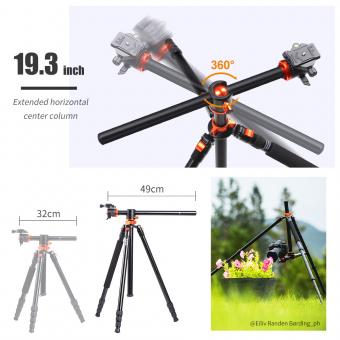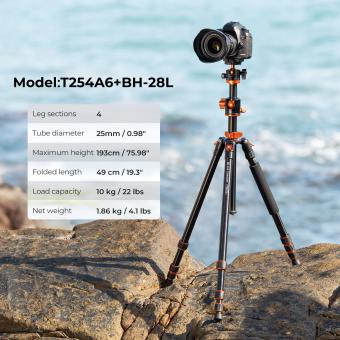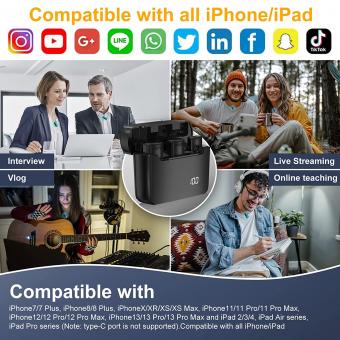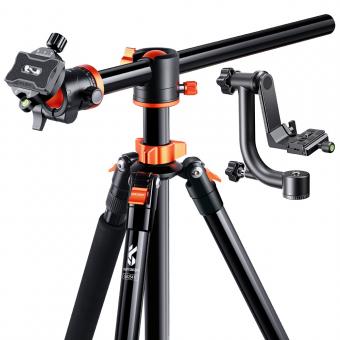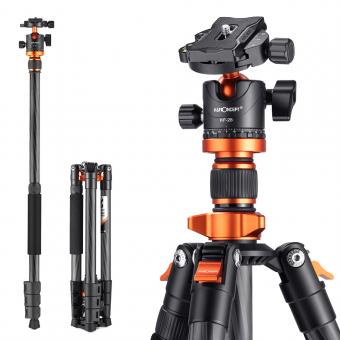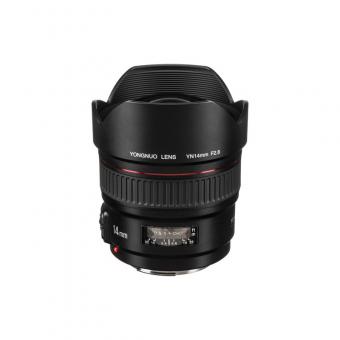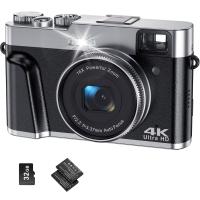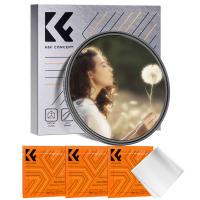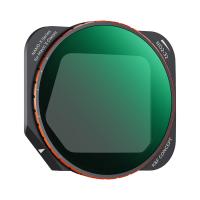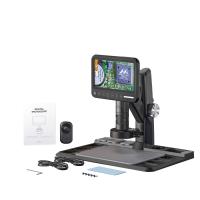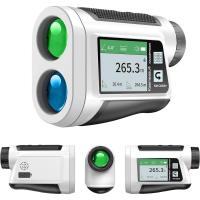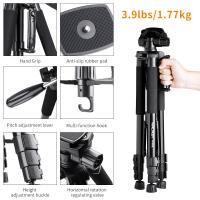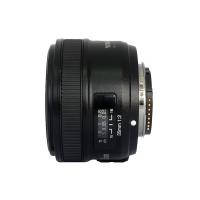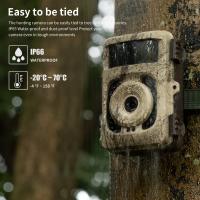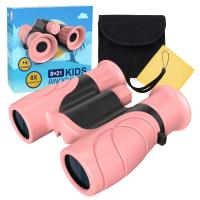Which Monopod For Dslr ?
There are several monopods available for DSLR cameras, including options from popular brands such as Manfrotto, Vanguard, and Benro. The choice of monopod depends on various factors such as the weight of your DSLR, the type of photography you do, and your budget. It is recommended to look for a monopod that is sturdy, lightweight, and has a good load capacity to support your DSLR. Additionally, consider features like adjustable height, quick-release plate, and a comfortable grip. Reading reviews and comparing different models can help you make an informed decision based on your specific needs and preferences.
1、 Height and Stability: Choosing a Monopod for DSLR Photography
When it comes to choosing a monopod for DSLR photography, there are a few key factors to consider. One of the most important factors is the height and stability of the monopod.
Height is crucial because it determines the shooting angle and the comfort level for the photographer. A monopod that is too short may require the photographer to stoop or bend down, leading to discomfort and potential back strain. On the other hand, a monopod that is too tall may be difficult to handle and may not provide the necessary stability.
Stability is equally important, as it directly affects the sharpness and clarity of the images. A monopod with poor stability can result in blurry photos, especially when shooting in low light conditions or with longer lenses. Look for a monopod that is sturdy and can support the weight of your DSLR and lens combination.
Additionally, consider the material and construction of the monopod. Carbon fiber monopods are lightweight and durable, making them a popular choice among photographers. However, they can be more expensive compared to aluminum monopods. Aluminum monopods are also sturdy and affordable, but they may be heavier to carry around.
It is also worth noting that some monopods come with additional features such as a built-in ball head or a quick-release plate. These features can enhance the versatility and convenience of the monopod, allowing for quick adjustments and easy attachment of the camera.
In conclusion, when choosing a monopod for DSLR photography, prioritize height and stability. Consider the material and construction of the monopod, as well as any additional features that may enhance your shooting experience. Ultimately, the right monopod will provide the necessary support and stability for capturing sharp and clear images.
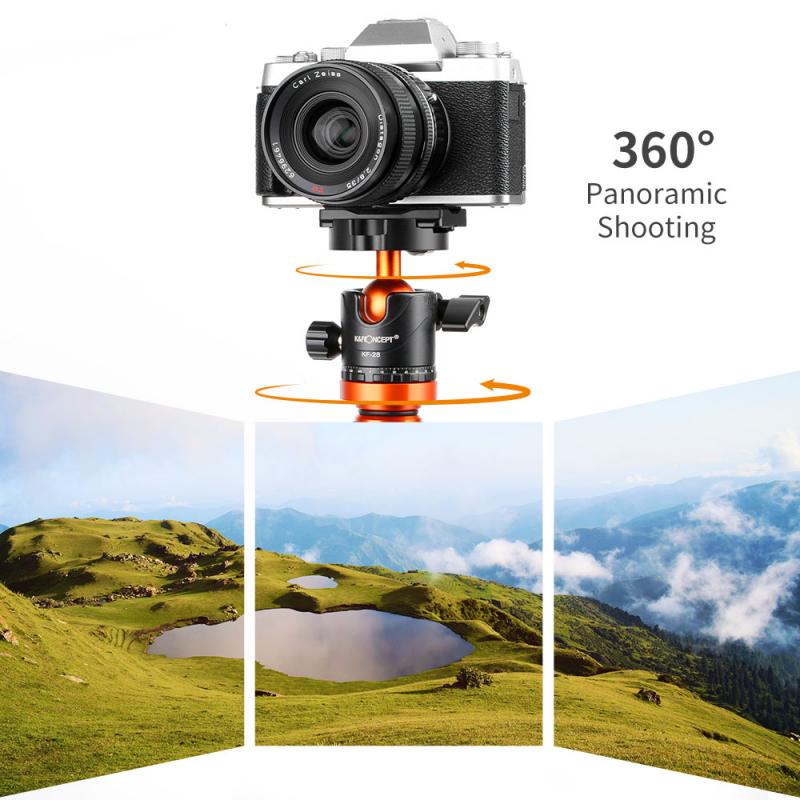
2、 Weight Capacity: Selecting the Right Monopod for Your DSLR Camera
When it comes to selecting the right monopod for your DSLR camera, one of the most important factors to consider is the weight capacity. The weight capacity refers to the maximum weight that the monopod can support without compromising stability and performance.
Choosing a monopod with the appropriate weight capacity is crucial to ensure that it can effectively support your DSLR camera and any additional accessories you may have attached to it, such as a telephoto lens or external flash. If you exceed the weight capacity of the monopod, it may become unstable and result in shaky or blurred images.
The weight capacity of a monopod can vary greatly depending on the model and brand. It is important to check the specifications provided by the manufacturer to determine the maximum weight it can support. As a general rule of thumb, it is recommended to choose a monopod with a weight capacity that exceeds the weight of your DSLR camera and heaviest lens by at least 20%.
Additionally, it is worth considering any future upgrades or equipment additions you may make to your camera setup. If you plan on investing in heavier lenses or accessories in the future, it may be wise to choose a monopod with a higher weight capacity to accommodate these changes.
In conclusion, selecting the right monopod for your DSLR camera involves considering the weight capacity. It is essential to choose a monopod that can effectively support the weight of your camera and any additional equipment. By doing so, you can ensure stability and achieve high-quality images.
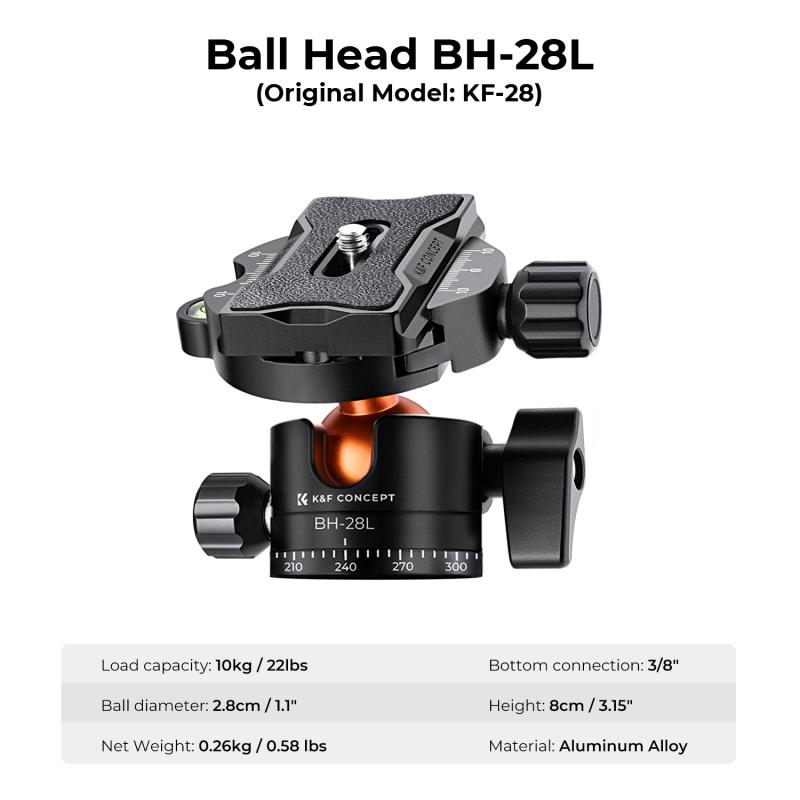
3、 Material and Construction: Factors to Consider for DSLR Monopods
Which monopod for DSLR? When it comes to choosing a monopod for your DSLR camera, there are several factors to consider, with material and construction being two of the most important ones.
Material: The material of the monopod plays a crucial role in its durability and stability. The most common materials used for monopods are aluminum and carbon fiber. Aluminum monopods are generally more affordable and offer decent stability. However, they can be heavier and less resistant to vibrations. On the other hand, carbon fiber monopods are lightweight, yet strong and rigid, making them ideal for photographers who need to move around frequently. They also absorb vibrations better, resulting in sharper images.
Construction: The construction of the monopod determines its overall quality and functionality. Look for a monopod with a sturdy and reliable locking mechanism to ensure that your camera remains secure. Additionally, consider the maximum load capacity of the monopod to ensure it can support the weight of your DSLR and any additional accessories you may use. Adjustable height is another important feature to consider, as it allows you to customize the monopod's height according to your shooting needs.
In recent years, there have been advancements in monopod technology. Some monopods now come with built-in fluid heads, allowing for smoother panning and tilting movements. Others feature detachable legs that can be converted into a tripod, providing added versatility. These latest developments offer photographers more options and flexibility in their shooting techniques.
Ultimately, the choice of monopod for your DSLR will depend on your specific needs and preferences. Consider the material, construction, and any additional features that may enhance your photography experience.
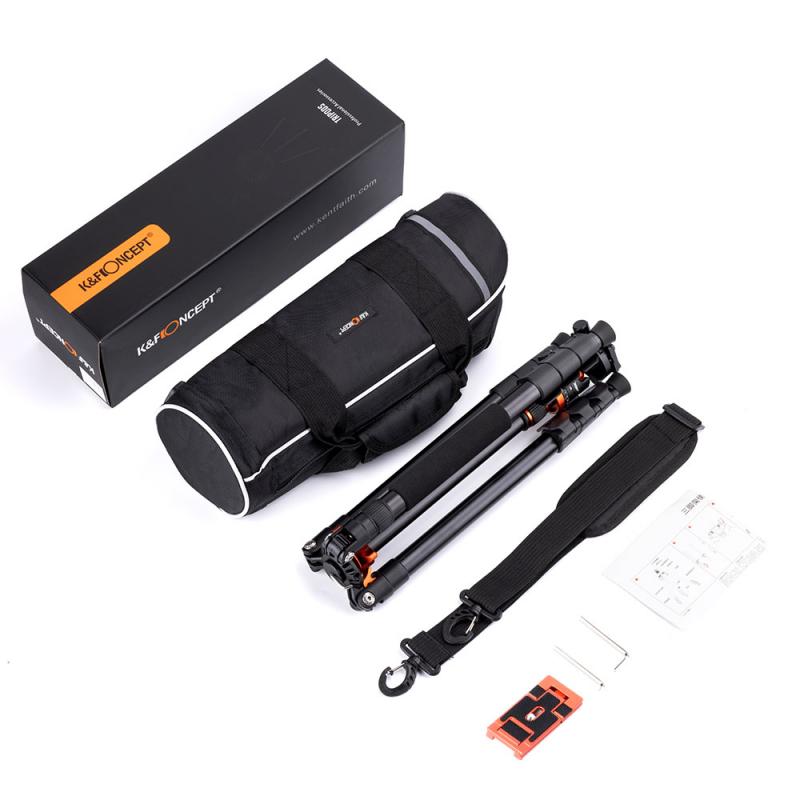
4、 Compatibility: Finding a Monopod Suitable for Your DSLR Model
Compatibility: Finding a Monopod Suitable for Your DSLR Model
When it comes to choosing a monopod for your DSLR camera, compatibility is key. Not all monopods are created equal, and finding one that is suitable for your specific DSLR model is essential for optimal performance and stability.
First and foremost, you need to consider the weight capacity of the monopod. DSLR cameras can vary significantly in weight, so it's crucial to choose a monopod that can support the weight of your camera and any additional accessories you may have attached. Be sure to check the maximum weight capacity of the monopod before making a purchase.
Next, consider the mounting system of the monopod. Most DSLR cameras use a standard 1/4-inch screw mount, but some models may have a different mounting system. Ensure that the monopod you choose has a compatible mounting system to securely attach your camera.
Additionally, consider the height and adjustability of the monopod. Different shooting situations may require different heights, so having a monopod that can be easily adjusted to your desired height is important. Look for a monopod with multiple sections and a reliable locking mechanism for easy and secure height adjustments.
Lastly, consider the overall build quality and stability of the monopod. Look for a monopod made from durable materials such as aluminum or carbon fiber, as these materials offer both strength and lightweight portability. Additionally, features such as a rubberized grip and a spiked foot can provide added stability and traction.
In conclusion, when choosing a monopod for your DSLR camera, it's crucial to consider compatibility with your specific model. Pay attention to weight capacity, mounting system, adjustability, and overall build quality to ensure a stable and reliable shooting experience. Always consult the latest reviews and recommendations from photographers who have used the monopod with similar DSLR models to get the most up-to-date information.



